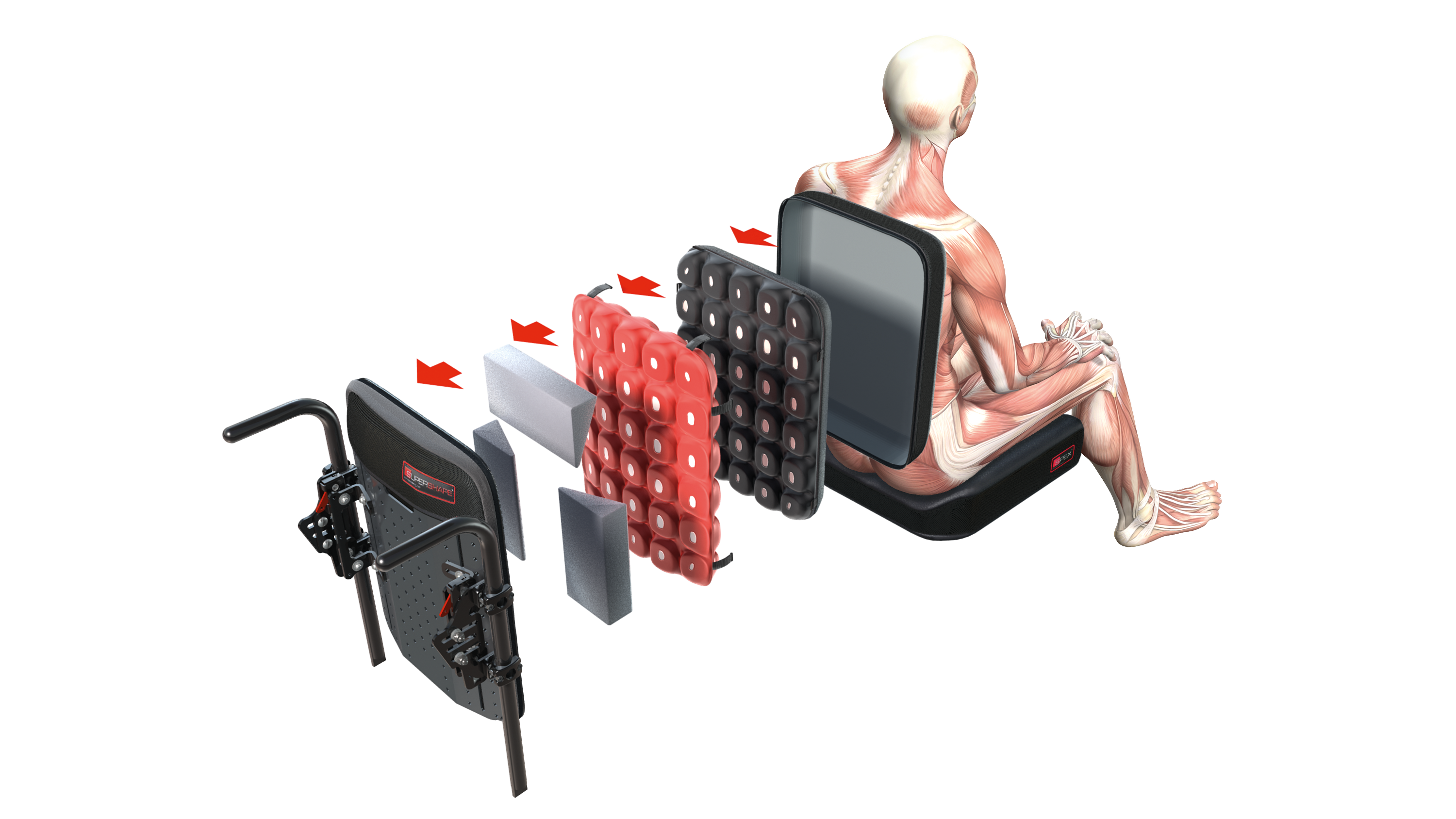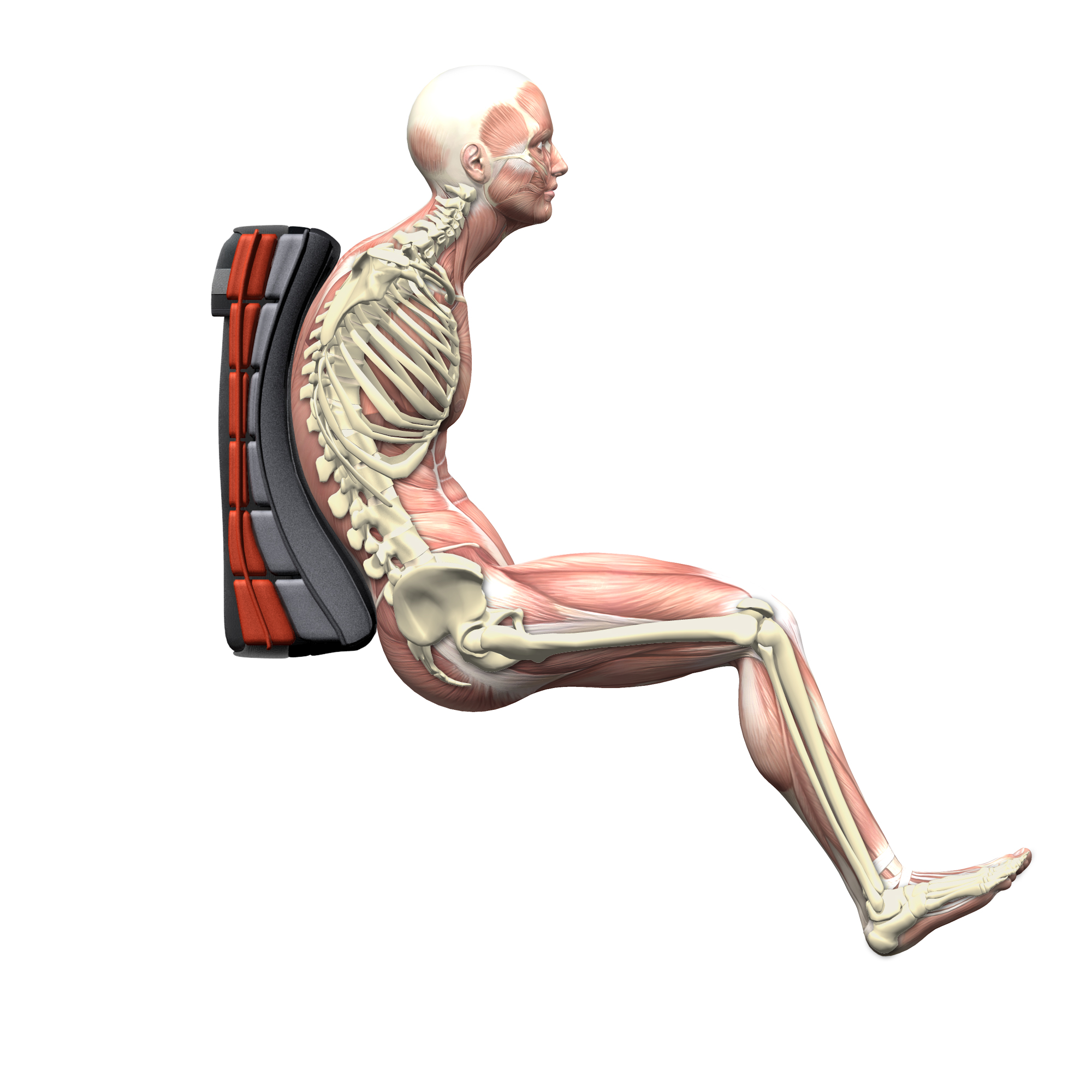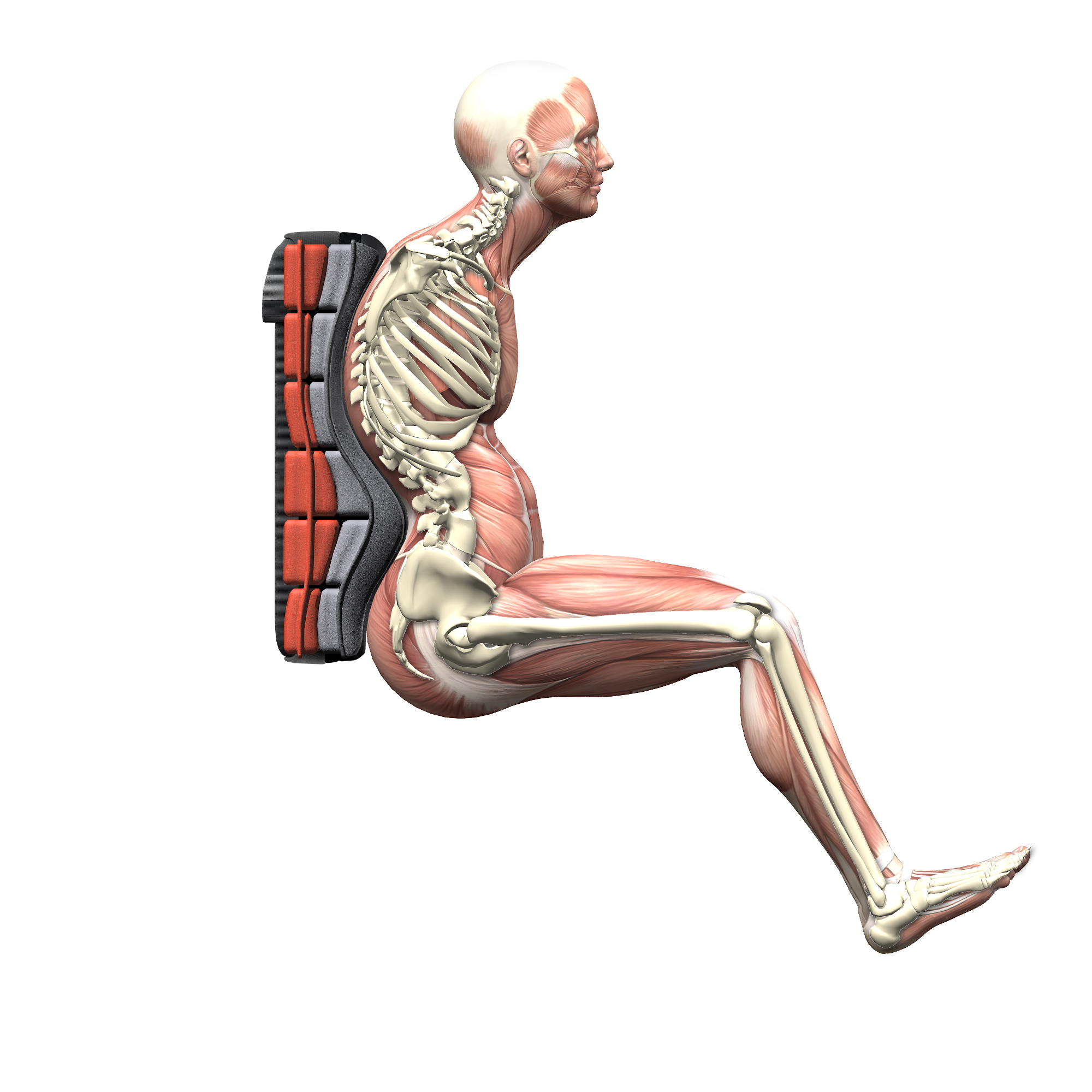Share:
Last month's Clinical Corner article addressed adjustable, modular wheelchair seating with a focus on cushions. The article reviewed the spectrum of seating, from off-the-shelf to adaptive seating and described modular seating as the bridge between standard seating and adaptive seating. If you missed that article, see Adjustable Modular Wheelchair Seating: Cushions. This month, Clinical Corner will continue to address adjustable, modular wheelchair seating, with the focus on back supports.
For a refresher on considerations when choosing an appropriate back support, refer to this past Clinical Corner article: Selecting a Back Support based on Seating Goals.
An adjustable, modular back support can provide for optimal positioning, pressure management and comfort through the ability to modify the fit of the back support through the addition or removal of positioning components. Figure 1, below, illustrates an example of a modular back support that uses the addition or removal of foam pieces in fabric pockets to achieve shape. Figure 2, below, shows multiple layers of foam pockets beneath the cover and positioning wedges that affix to the shell of the back support to illustrate how shapes can be achieved.
.png.aspx)
Figure 1

Figure 2
A modular back support allows areas to be built up to provide the contouring and shaping that is required to make full contact between the trunk and the back support and to provide postural support where required. The figures below represent different positioning needs, from moderate to more complex presentations, and how modular back supports achieves the shaping and contours required to support the trunk. The shaping is achieved through the careful placement of multiple layers of foam pads in pockets (as shown in Figure 1) in areas that require build-up and removal of some foam pads in other areas where less padding is required. This allows for a personalized fit to be produced. The different densities of foam padding available provide for structural support for the trunk and provide for immersion for pressure management and comfort.

Figure 3

Figure 4

Figure 5
The ability to have on-the-spot modification of the shape, angle, contours and, ultimately comfort, of the back support permits modular seating to meet various seating goals. The additional benefit is that adjustments can be made in real-time with the client present, which means that the back support is ready to be used as soon as the adjustments have been made. A further benefit of a modular back support is that if the client's condition or presentation changes in the future, an adjustable back support can be re-adjusted to meet the needs of the individual as the placement of the positioning pieces can be altered as needed.
Whether in cushions or back supports, adjustable, modular seating bridges the gap between off-the-shelf and adaptive seating. Each have their place in seating and mobility. By understanding the different choices that are available, therapists can determine the best solutions for their individual clients.